Popular Lacrosse Heads
See more Popular Lacrosse Heads
Maverik Tactik 3.0
54 Available

STX Stallion 1K
60 Available
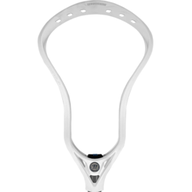
Warrior Evo Qx-O
77 Available

Maverik Optik 3.0
95 Available

ECD Lacrosse Ion
182 Available
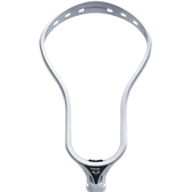
ECD Lacrosse DNA 2.0
41 Available
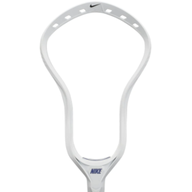
Nike L3
44 Available

ECD Lacrosse Mirage 2.0
105 Available

STX Surgeon 1K
58 Available
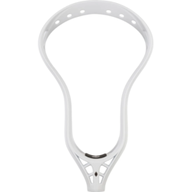
StringKing Mark 2V
90 Available
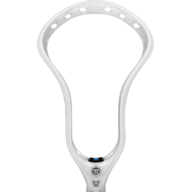
Warrior EVO QX2-O
29 Available
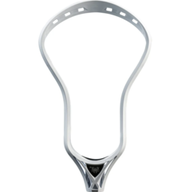
ECD Lacrosse Rebel
82 Available
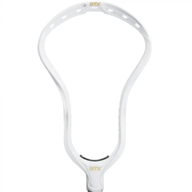
STX Stallion 900
54 Available

Maverik Kinetik 2.0
87 Available

Maverik Tactik 2.0
85 Available
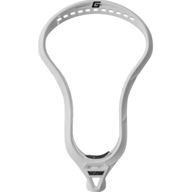
Gait Mustang
19 Available
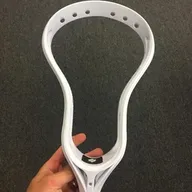
StringKing Legend Intermediate
16 Available
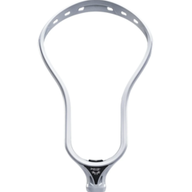
ECD Lacrosse DNA
43 Available

Gait GC3
22 Available

Warrior Evo 5
32 Available

Maverik Kinetik 3.0
50 Available

STX Surgeon 900
41 Available

STX Ultra Power
36 Available

StringKing Mark 2A
71 Available
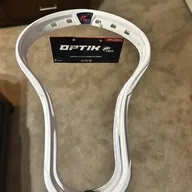
Maverik Optik Force
35 Available
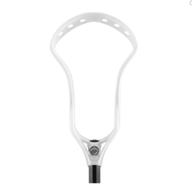
Maverik Kinetik
67 Available

Under Armour Command
72 Available

Maverik Optik 2.0
34 Available

True Hzrdus
29 Available

STX Stallion 700
44 Available

STX Stallion
33 Available

Maverik Optik
34 Available
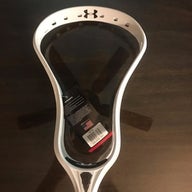
Under Armour Command Low
38 Available
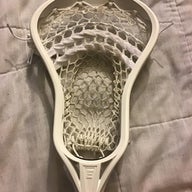
Epoch iD Vision
21 Available
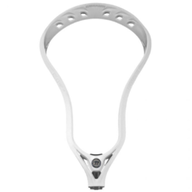
Warrior Evo
16 Available
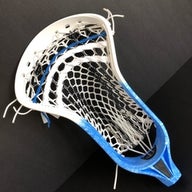
Epoch Z-ONE
39 Available

Nike Lakota
26 Available
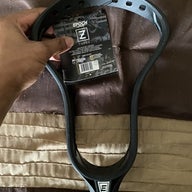
Epoch Z-Three
23 Available
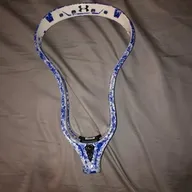
Under Armour Command 2
43 Available

Nike Lakota U
21 Available
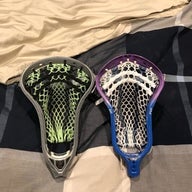
STX Surgeon 700
24 Available
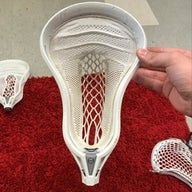
Warrior Evo Warp Pro
31 Available

Warrior Burn
24 Available
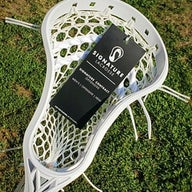
Signature Contract Offense
22 Available

Other Generic
27 Available
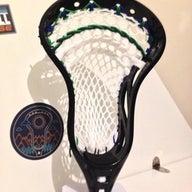
Other Turtle Dome
10 Available

Warrior Burn Next
8 Available
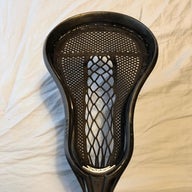
Warrior Evo Warp Next
13 Available

STX AV8
22 Available

Warrior Burn XP-D
26 Available
Shop by Brand
MaverikSTXECD LacrosseWarriorNikeBrineGaitEpochTrueHEADAdrenalinedeBeerAdidasHarrowEastonReebokTribe7
1,393 Results

Laxxmann7

Zbutler

Laxxmann7
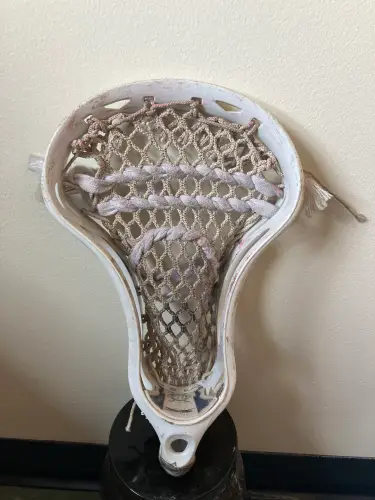
Laxer89533
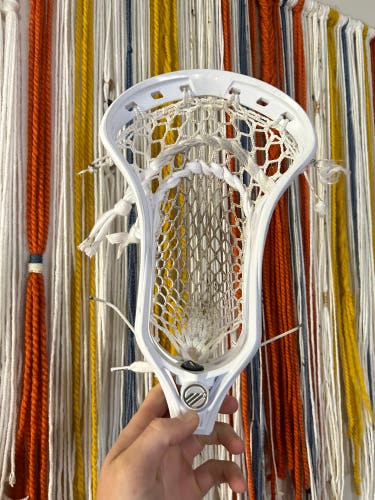
Badgerrrr

mitchm7

Sportfan4

Bigred2933

SteelDeals

CEbert08
Black Brine Truth Head
$28$3210%

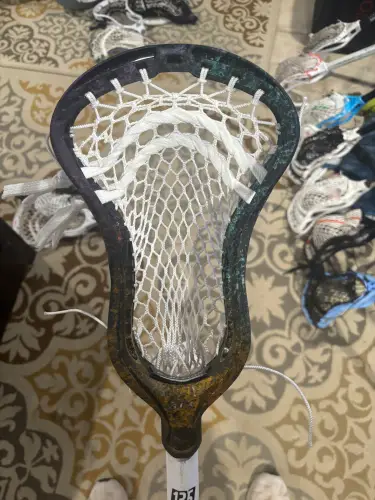
masonk_150

masonk_150

CEbert08
Warrior Mojo X Head
$49$5410%


EmpireSports
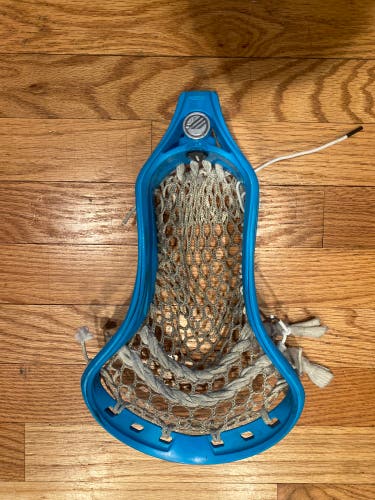
rbognet

Apexlax29
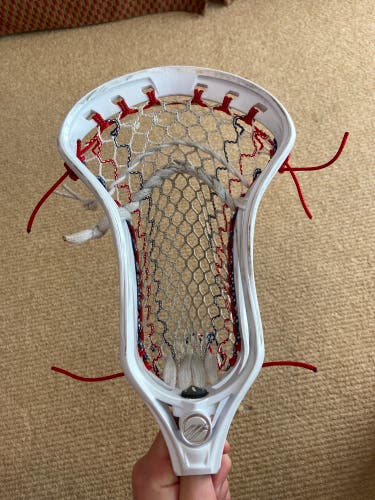
wsherm
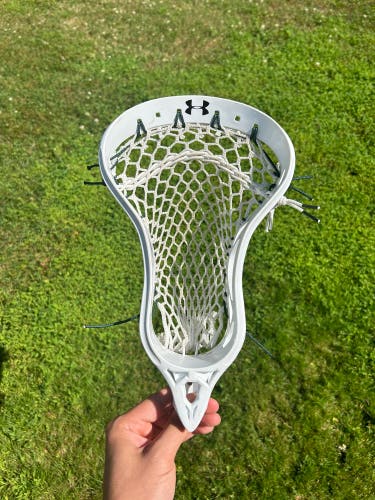
MikeLoucas22
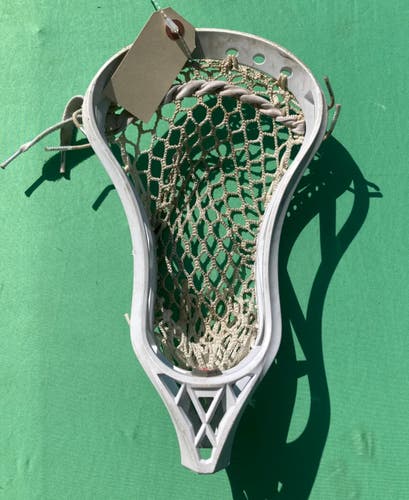
Game_Ready
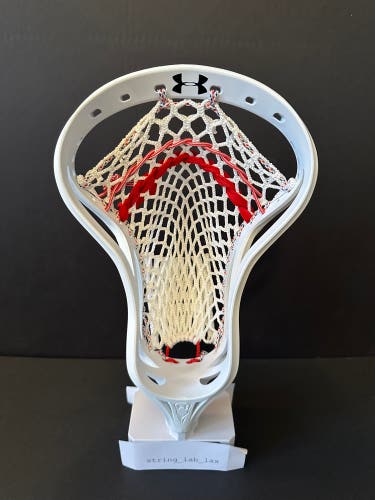
string_lab_lax
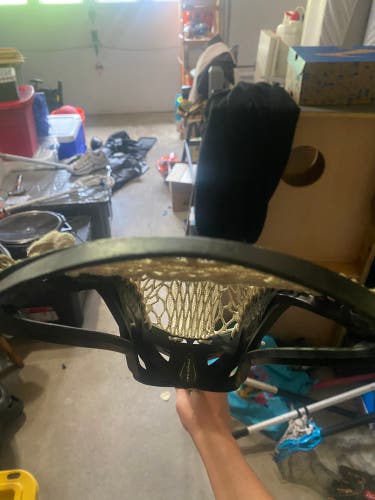
tyroneiskool
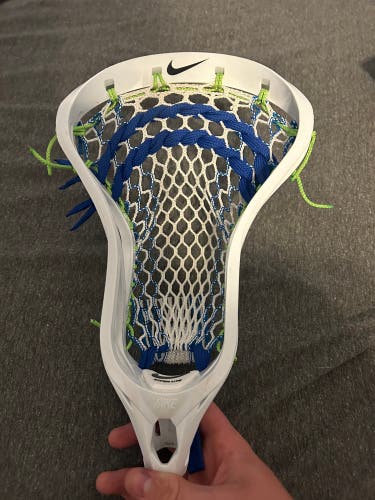
holdenhjemvick

Szechuan_Strings
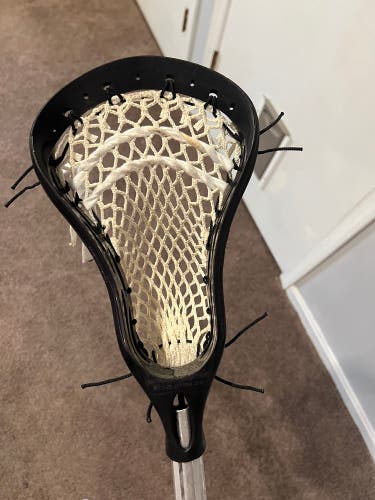
CEbert08
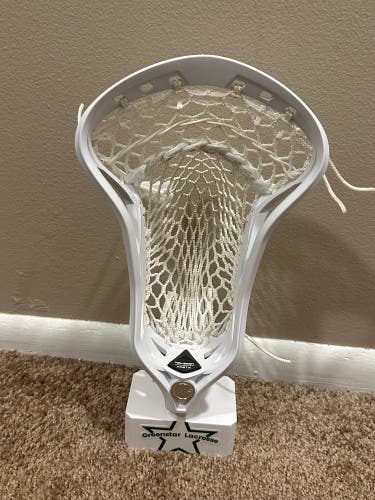
Greenstarlax

mitchm7

tjeaton
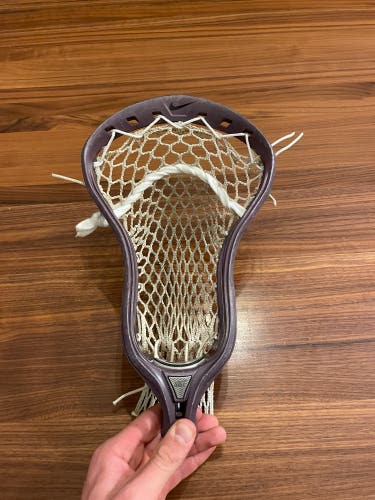
PineLacrosse
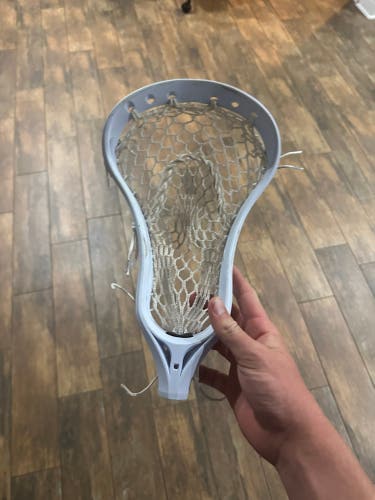
brayden_evans
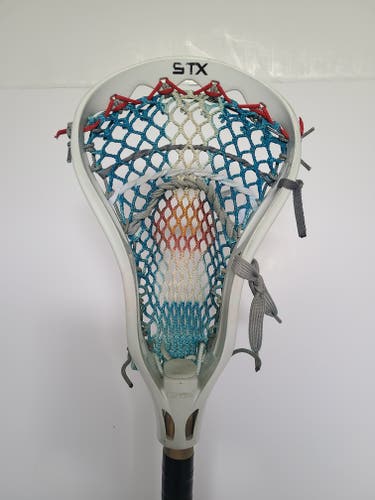
Ccross83
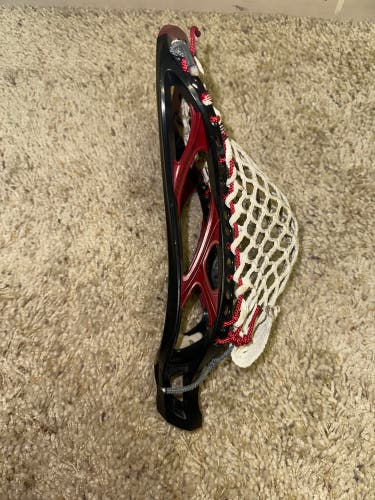
Blakegunz
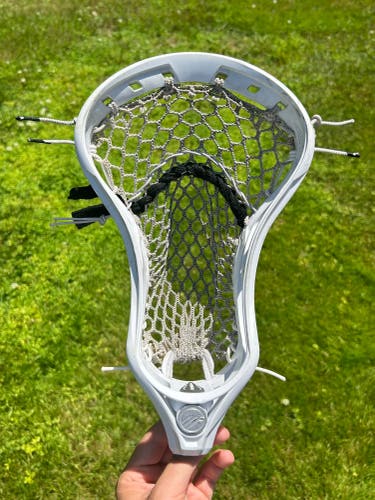
MikeLoucas22